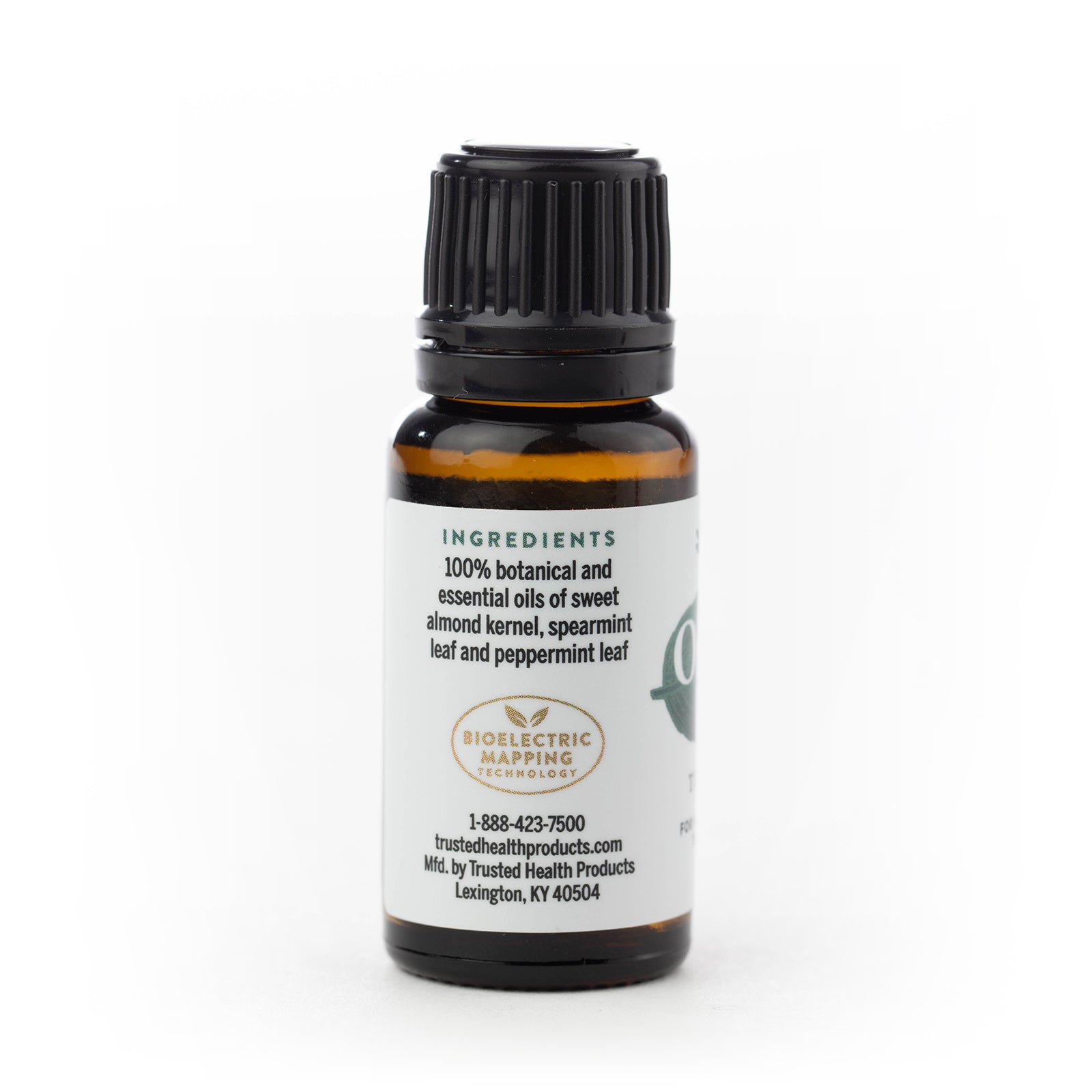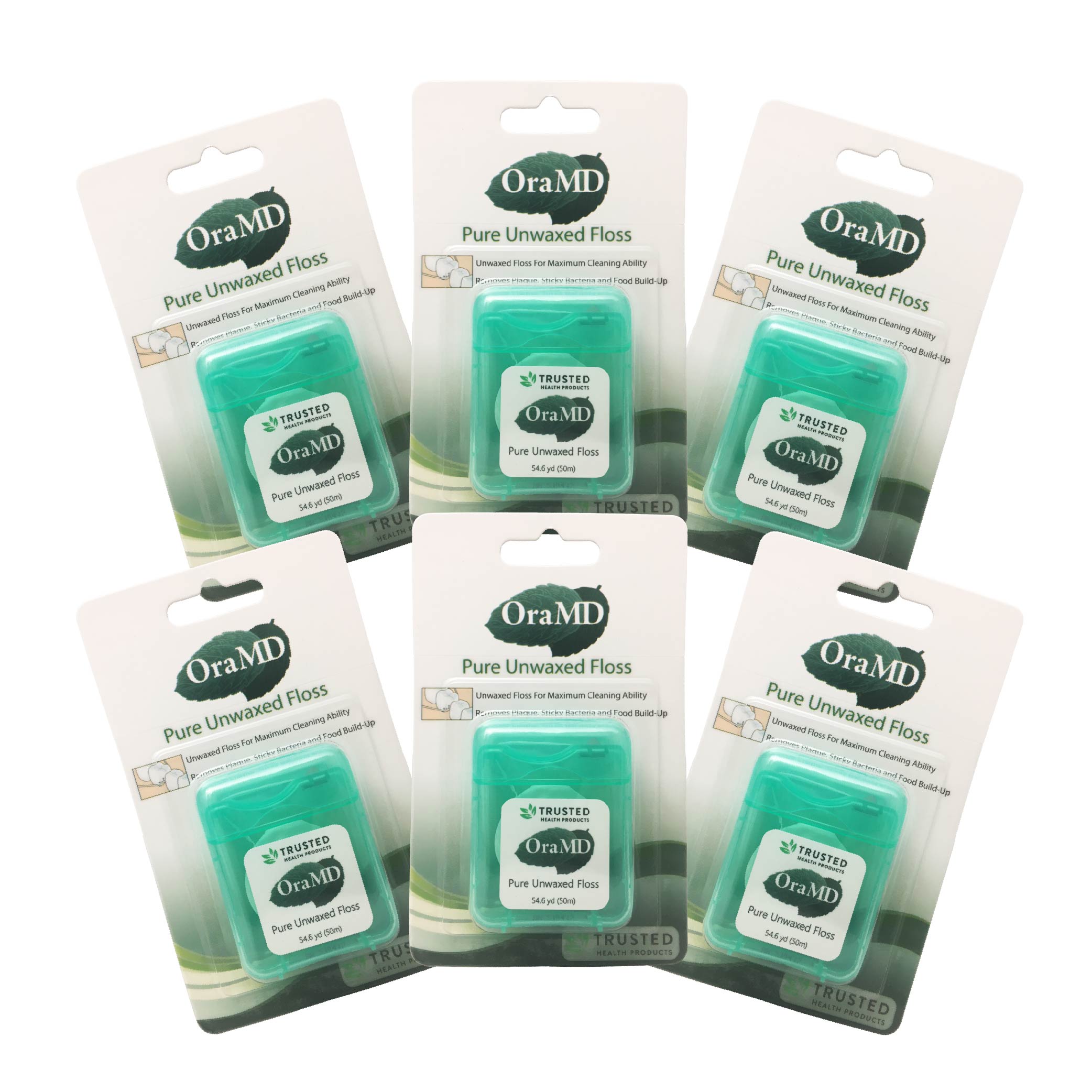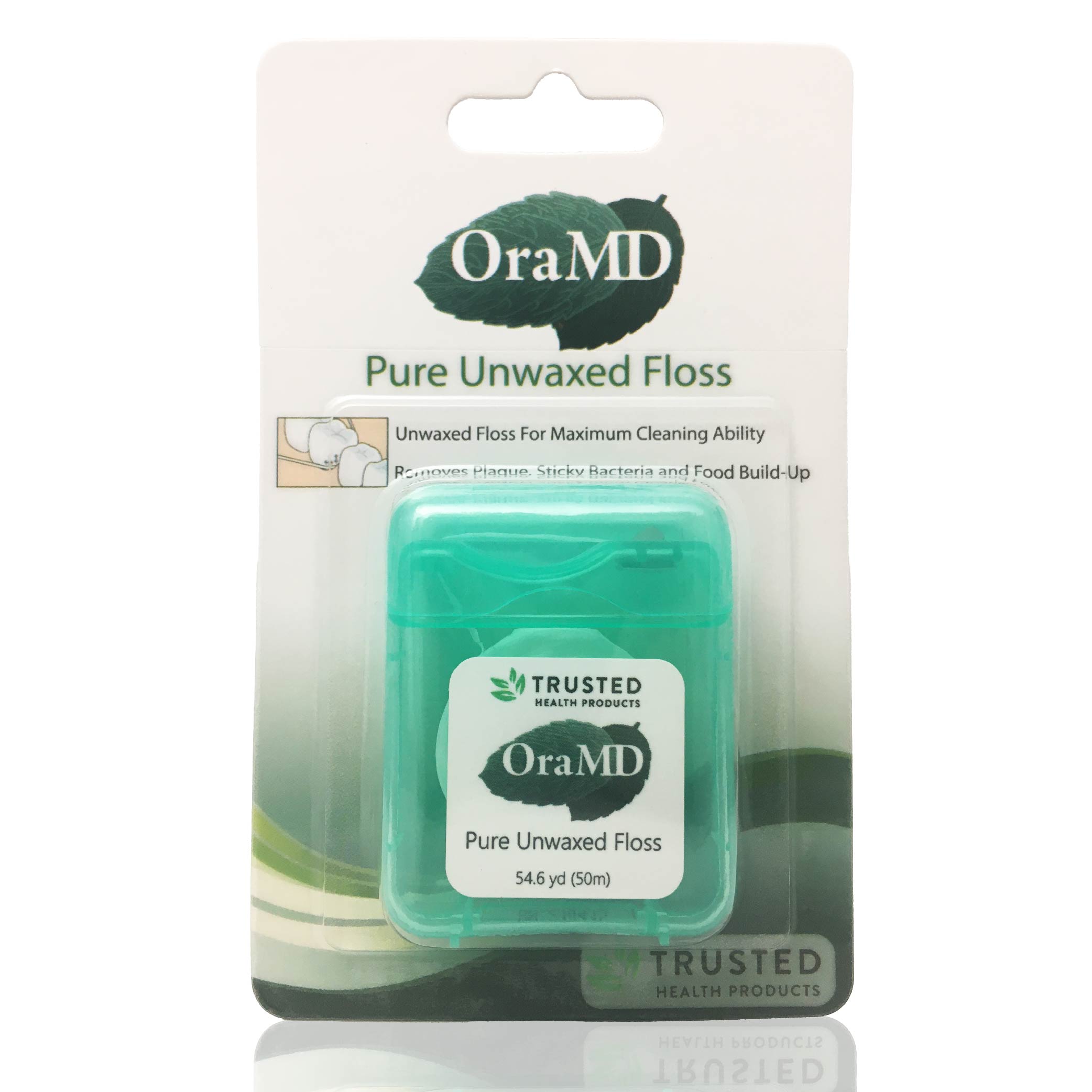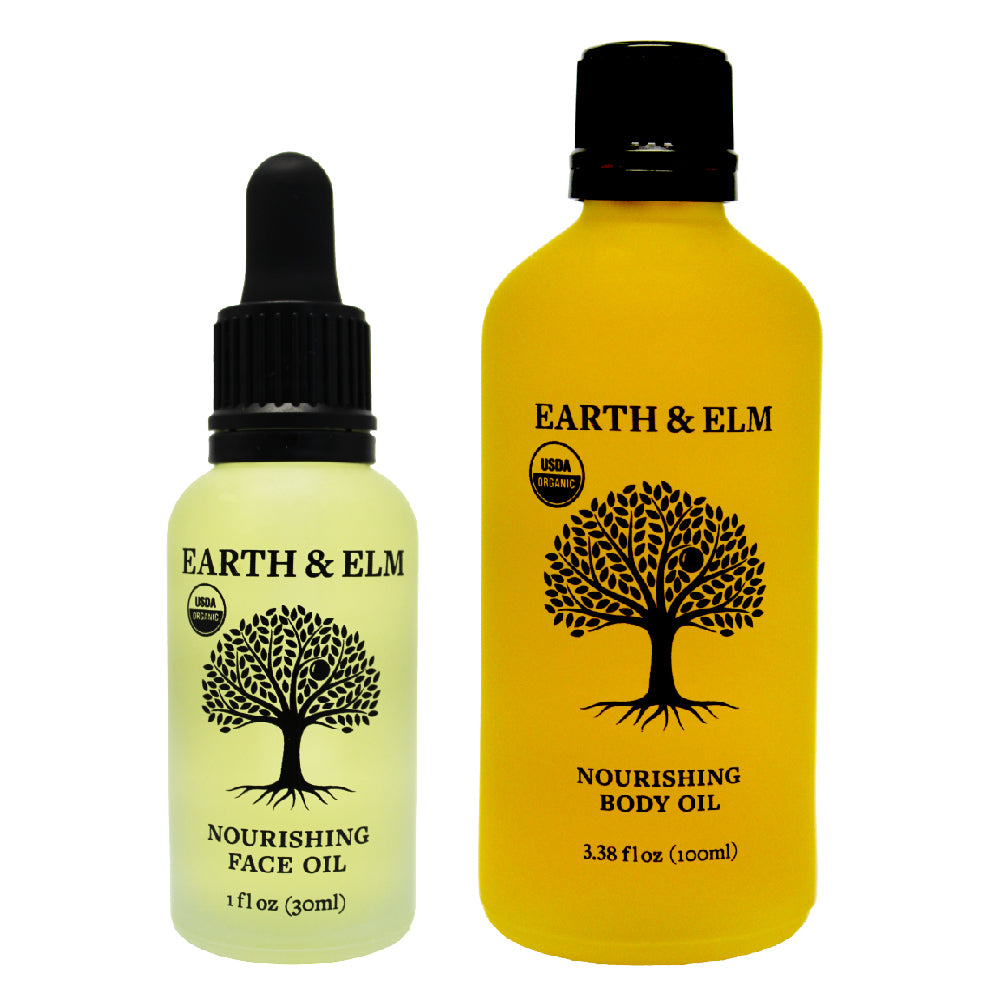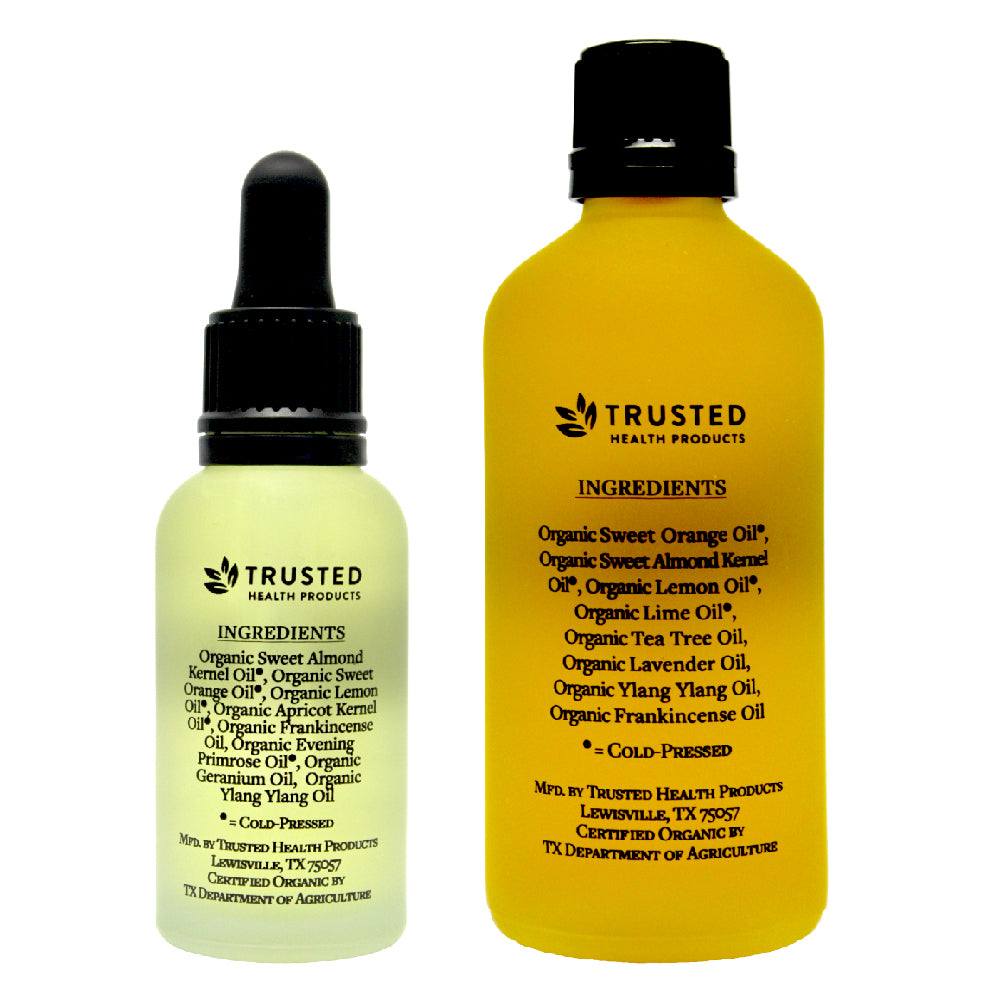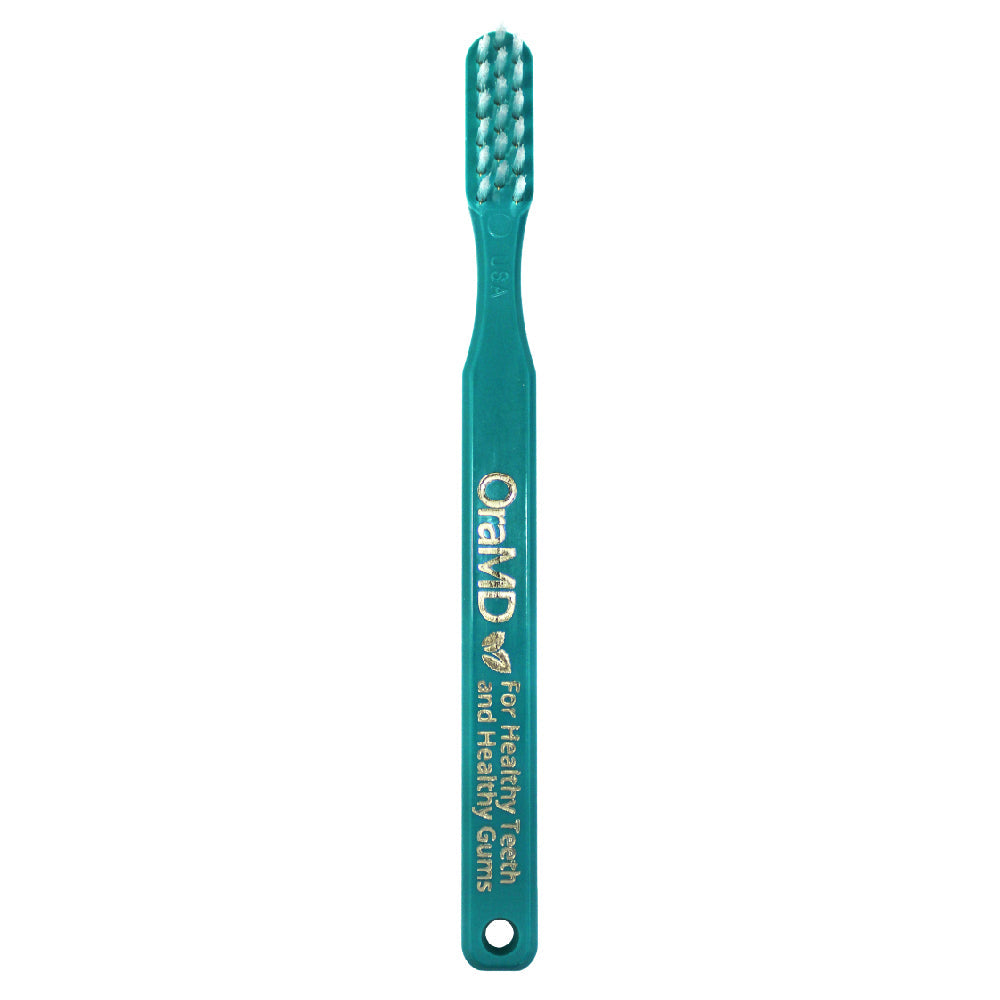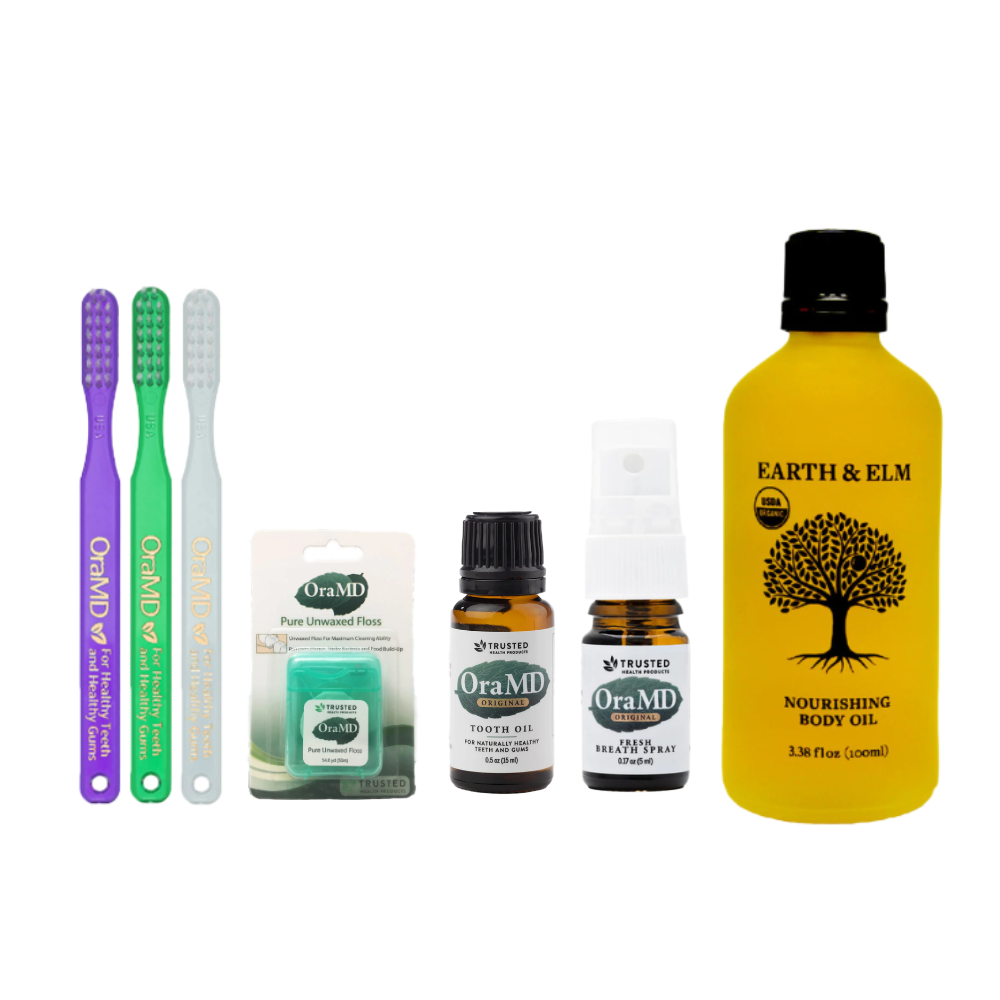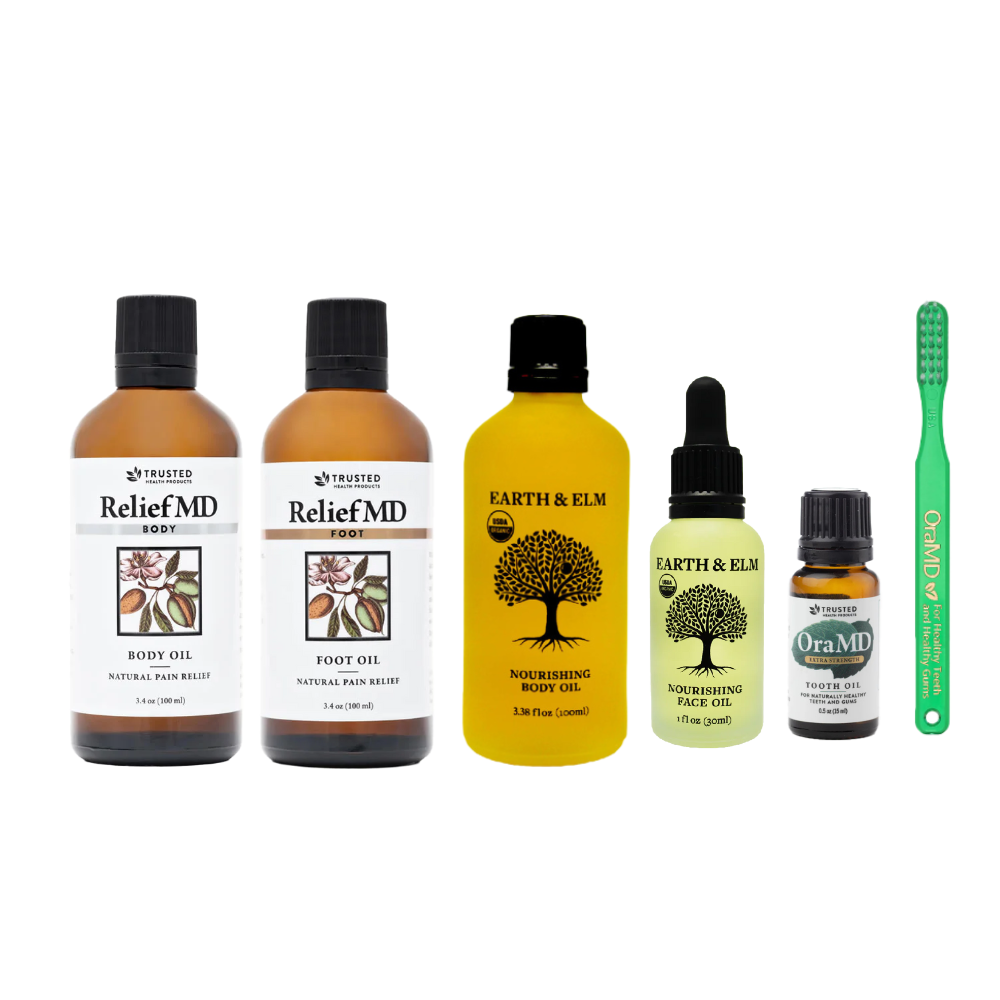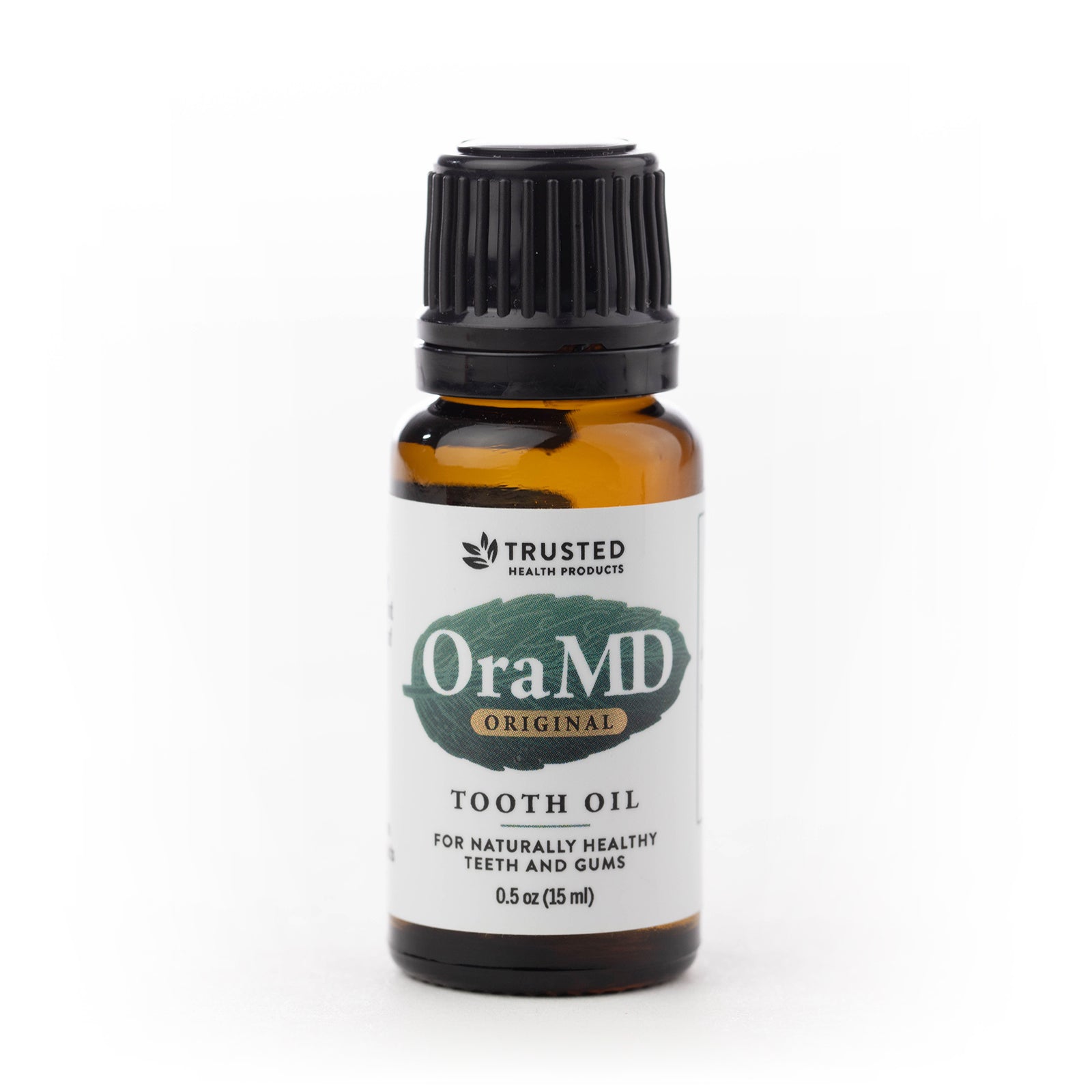Can You Digest Current Nutrition Labeling?
October 21, 2018
Author: Admin Editor
Tags:
You may be one of the many who feel that the current government-mandated nutrition labeling is ineffective in improving nutrition, but is there a better system available? Yes, according to a recent study by McGill University researchers. The study appears in the December issue of the Annals of the New York Academy of Sciences.
The researchers took a look at four different labeling systems. What they discovered is that the nutrition facts label that is currently required on most food products in the United States and Canada was least usable. This label which lists the percent daily value of several nutrients took more time to understand and led to nutrition choices hardly different from chance.
They looked at another label type known as NuVal - and discovered that it enabled quick and nutritious choices. This label is a shelf sticker used in some American food markets and it indicates the overall nutritional value of each food item with a number from one to 100.
The NuVal scores are calculated by nutritional experts at several universities including Yale, Harvard and Northwestern. They emphasize both the positive and negative aspects of each food, and by reducing nutritional content to a single number, these labels resolve nutrition conflicts.
Other Labeling Methods
But two other labeling methods had mixed results. The Traffic Light System used in the United Kingdom allowed for a bit more nutritious choices than chance, but took more time to use since the colors of several traffic lights had to be counted and compared. The labels that certify some foods as nutritious, but not others, are used in Canada, Sweden and Denmark. These labels allowed quick decisions but did not increase nutritious choices. "Such certification labels are not sufficiently discriminating to produce consistently better nutrition, says co-author Thomas Shultz, Professor of Psychology and Computer Science at McGill. They also create controversies about exactly where to draw the line between nutritious and harmful foods.
The widespread availability of low-nutrition, high-calorie food is thought to be an important cause of an epidemic of obesity and associated diseases throughout the world. Food shoppers typically have a limited amount of time to make each food choice, and they find the Nutrition Facts labels to be confusing and difficult to use," says Peter Helfer, lead author and PhD student in Psychology and Neuroscience at McGill. "One product may be low in fat, but high in sugar, while another product may be just the opposite. Nutrition Facts labels can highlight nutrition conflicts but fail to resolve them. Even educated and motivated shoppers have difficulty picking out the most nutritious product with these labels.
Empowering consumers to make healthier food choices with the information to make nutritious choices this could nudge food sellers and producers to improve their products, Schultz added.
Subscribe to our Trusted Health Club newsletter for more information about natural living tips, natural health, oral health and skincare. If you are looking for more health resources make sure to check out the Trusted Health Resources list.
Reviewed By:
Founder Ray Spotts has a passion for all things natural and has made a life study of nature as it relates to health and well-being. Ray became a forerunner bringing products to market that are extraordinarily effective and free from potentially harmful chemicals and additives. For this reason Ray formed Trusted Health Products, a company you can trust for clean, effective, and healthy products. Ray is an organic gardener, likes fishing, hiking, and teaching and mentoring people to start new businesses. You can get his book for free, “How To Succeed In Business Based On God’s Word,” at www.rayspotts.com.









